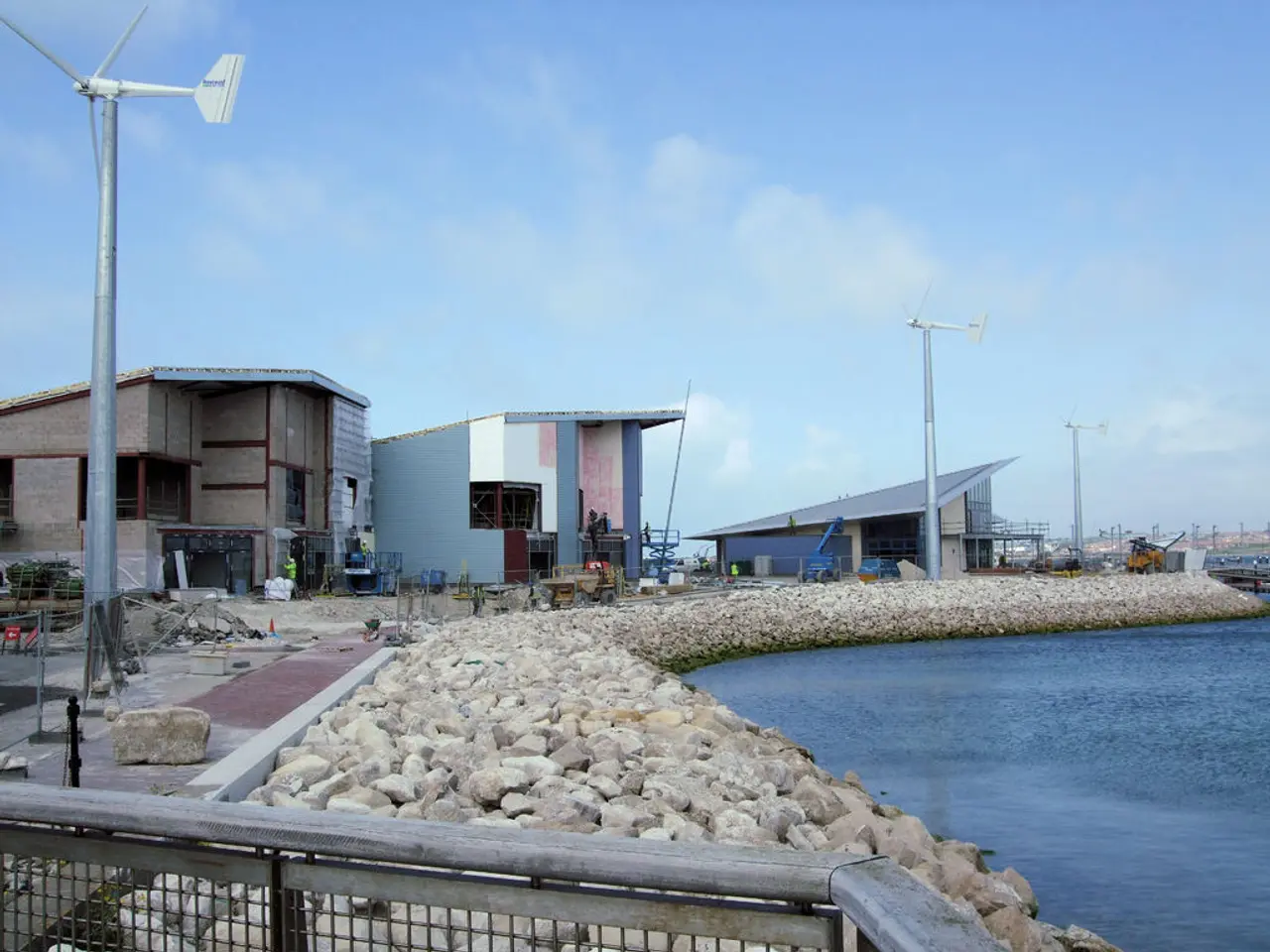Controversy Over Tariffs Overlooks a Notable Point: The Tax Gap
In the realm of economics, tariffs are often viewed as a barrier to doing business. Yet, in discussions about their impact, consumer prices are frequently overlooked, with the focus shifting towards the friction they impose on commerce. This is a lesson that can be learnt from the infamous Smoot-Hawley Tariff Act of 1930, which had a profoundly negative impact on global trade and economic growth.
The Act, which raised U.S. tariffs on over 20,000 imported goods, triggered a retaliatory cascade. Other nations quickly imposed their own tariffs in response, causing a sharp contraction in international trade. The collapse in trade contributed to a severe economic downturn, with the U.S. experiencing a 25% fall in real GDP, unemployment exceeding 20-25%, and industrial output sharply declining.
The Smoot-Hawley Tariff Act effectively blew up the global trading system and led to the Great Depression. While the tariffs being enacted or proposed today are not yet on the scale of Smoot-Hawley, the lesson remains: tariffs can impose significant friction on commerce.
The tariff issue is being treated in a helter-skelter manner, causing real concerns. Economists generally agree that the tariff worsened the economic situation by raising prices, disrupting supply chains, reducing industrial productivity, and stifling innovation—effects typical of protectionist tariffs, which distort trade and create inefficiencies.
It's important to remember that the harm caused by a tariff depends on its size and breadth. For instance, a 50% income tax would mean a person earning $40 per hour can only buy an item costing $200 in 10 hours due to the tax wedge, compared to 5 hours without the tax. Similarly, a tariff acts as an obstacle between buyer and seller, increasing the effort required to buy goods, and potentially leading to less prosperity.
However, it's crucial to note that not all tariffs are created equal. Following World War II, nations, led by the U.S., began a series of agreements reducing tariffs and other trade barriers. The explosion in trade after 1945 was critical to the huge economic growth the world experienced. Hopefully, the tariffs being enacted or proposed today are hard-fisted negotiating tactics that will yield sensible agreements and end up reducing trade barriers.
In conclusion, the Smoot-Hawley Tariff Act serves as a cautionary example of how aggressive tariff increases can deepen economic crises and impede global economic growth. The focus should be on the friction tariffs will impose on commerce rather than their potential impact on prices. As we navigate the complexities of global trade, it's essential to remember the impact of the tax wedge on economic growth and strive for policies that promote free and fair trade.
[1] Irwin, Douglas A. (2011). Protectionism in America: A History. Princeton University Press. [2] Feenstra, Robert C. (2016). Trade and Development. Princeton University Press. [3] Romer, David. (2011). Advanced Macroeconomics. McGraw-Hill Education. [4] Eichengreen, Barry. (2014). The European Economy since 1945. Oxford University Press.
Steve Forbes, in finance and business discussions, emphasizes that what's ahead with tariffs should not solely focus on the friction they impose on commerce but also on the overlooked impact tariffs might have on consumer prices. He argues that tariffs act as an obstacle between buyer and seller, adding friction to conducting business and potentially leading to less prosperity, similar to a tax wedge.




